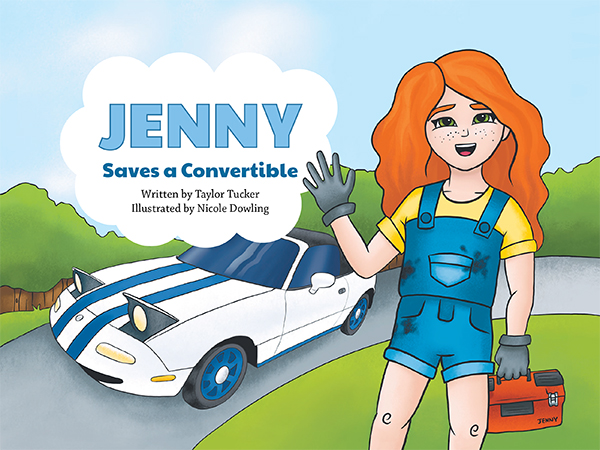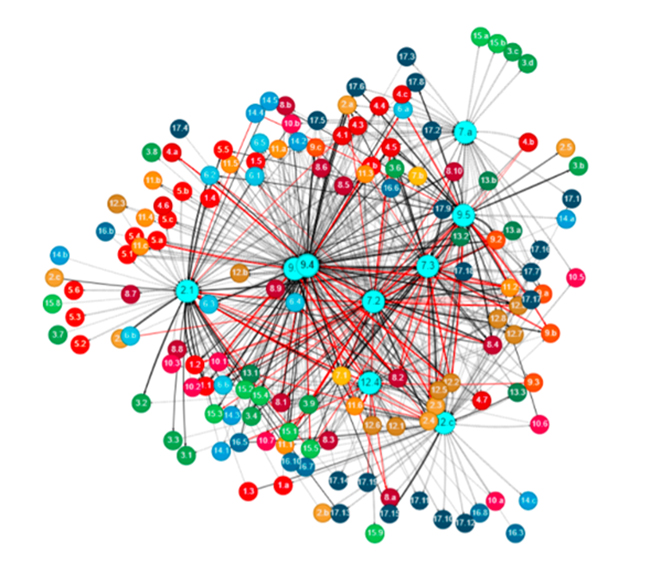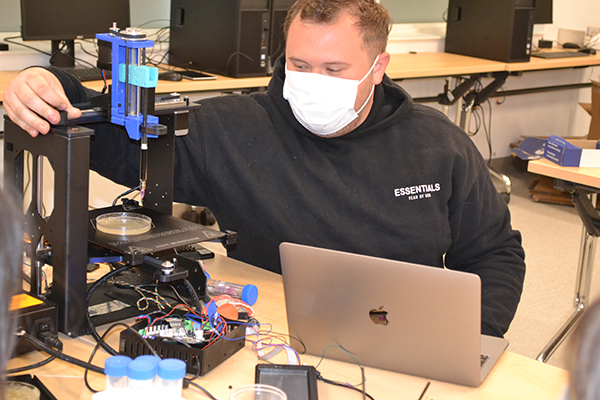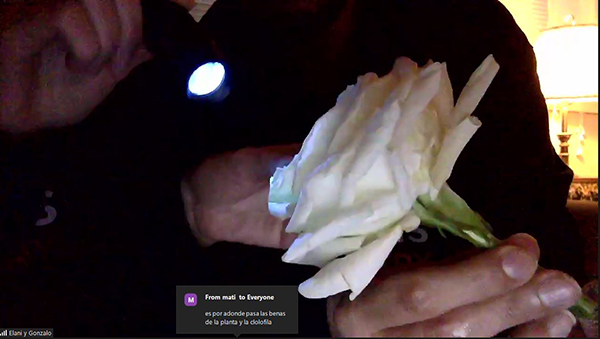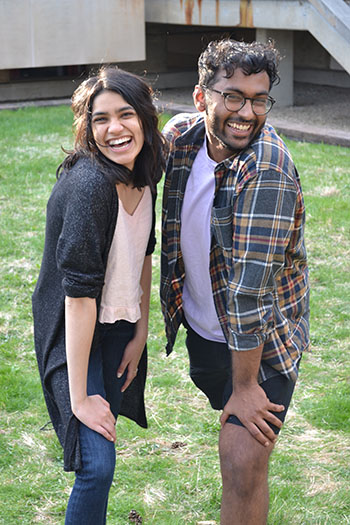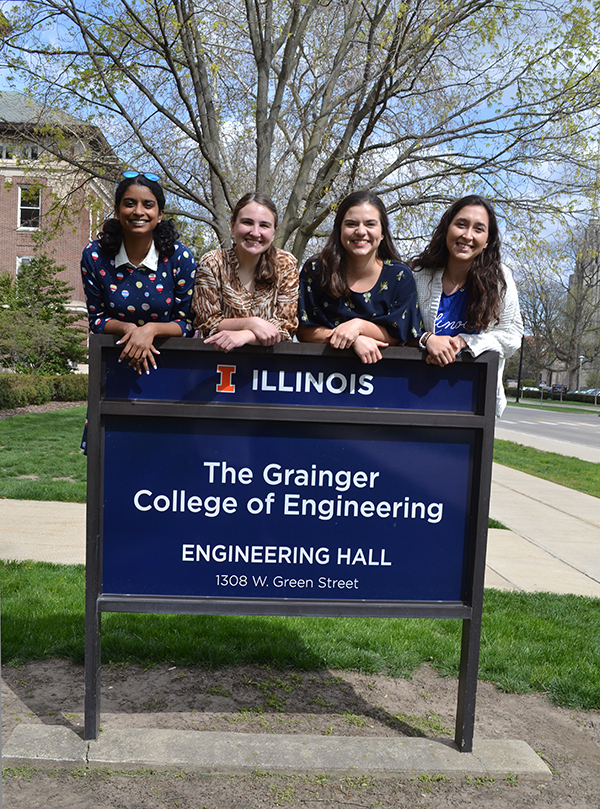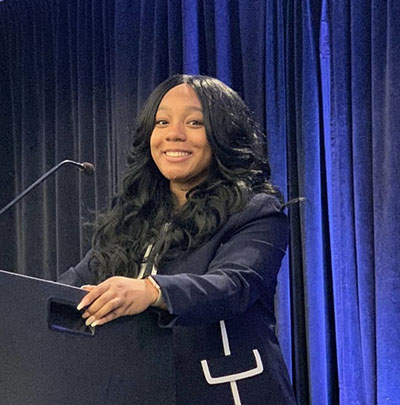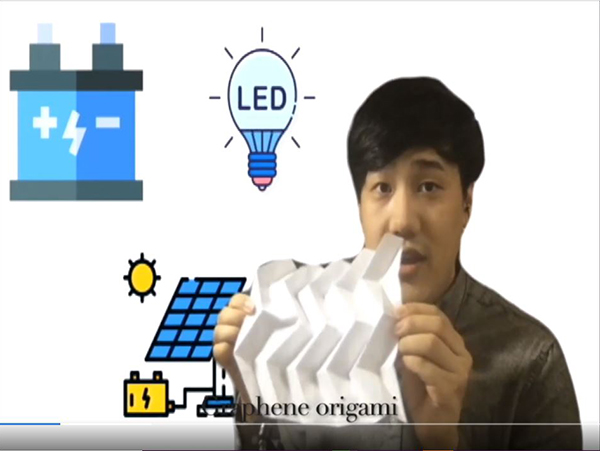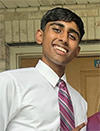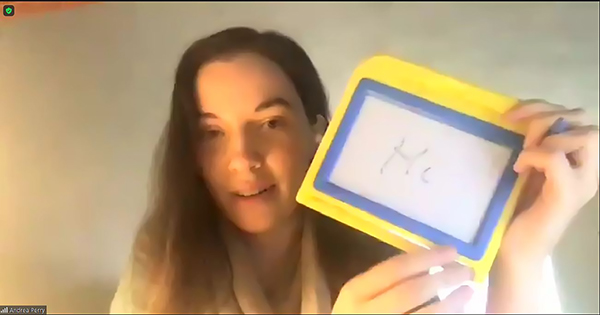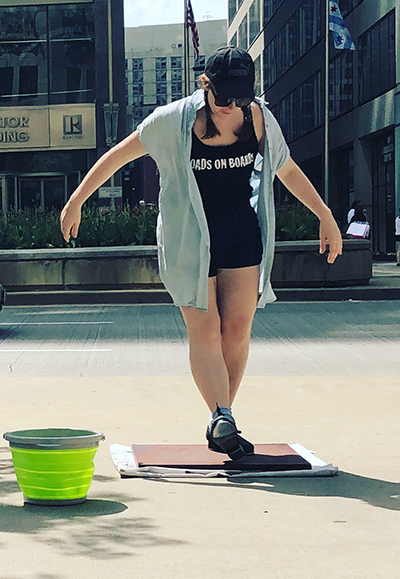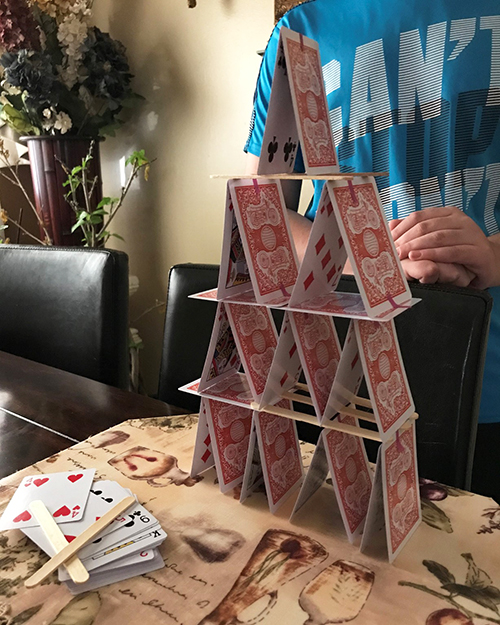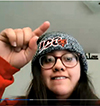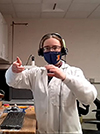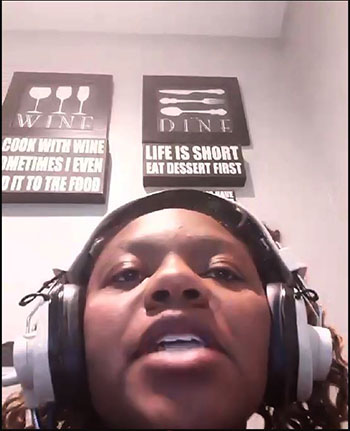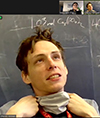At Introduce-a-Girl-to-Engineering Day, High School Girls Learn About Engineering—and That They Can Do It
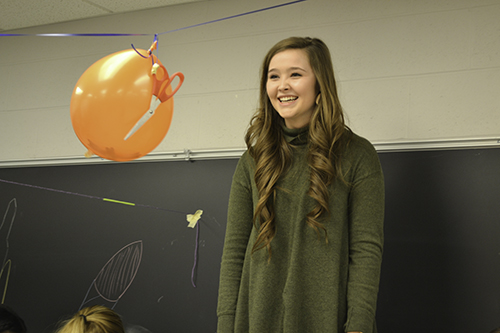 An high school participant watches her balloon take off as part of a balloon race, the Illinois Space Society's session during Introduce-A-Girl-to-Engineering Day.
An high school participant watches her balloon take off as part of a balloon race, the Illinois Space Society's session during Introduce-A-Girl-to-Engineering Day. March 1, 2018
On Saturday February 17th, 2018, around 70 high school girls and their parents converged on Illinois’ Loomis Laboratory for Introduce-A-Girl-to-Engineering Day (IGED), sponsored by SWE (Society for Women Engineers). And on hand to introduce these girls to their field and their respective majors were dozens of engineering students, members of the different engineering RSOs (Registered Student Organizations) who helped with the event. However, SWE not only offered girls a chance to learn about the different engineering disciplines available to specialize in, plenty of female role models were on hand to inspire and boost the confidence of these budding engineers.
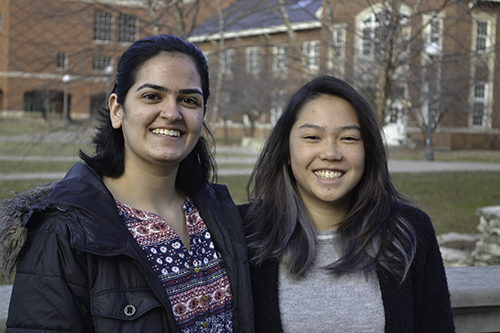 The 2018 IGED co-chairs, Saloni Nagarkar and Chelsea Wong.
The 2018 IGED co-chairs, Saloni Nagarkar and Chelsea Wong. “Engineering Everywhere, Engineering Every Day” was the theme for this year’s IGED, which is always the largest outreach event that SWE sponsors all year. In light of the theme, organizers Chelsea Wong and Saloni Nagarkar, co-chairs of IGED, stressed that engineering is not some fancy concept that can only be learned in the classroom. Nagarkar commented, “We want to show how engineers have a real impact on the world and how everything they do is related to everyday activities. It is practical problem solving that can be applied in any situation at any time. What the University of Illinois offers its students is not just a phenomenal classroom education, it also teaches the correct mindset to be an engineer.” SWE’s goal for IGED was to provide female high school students a chance to test if they enjoy learning what an engineer does and thus want to become one—not just in the classroom but possibly for their entire lives.
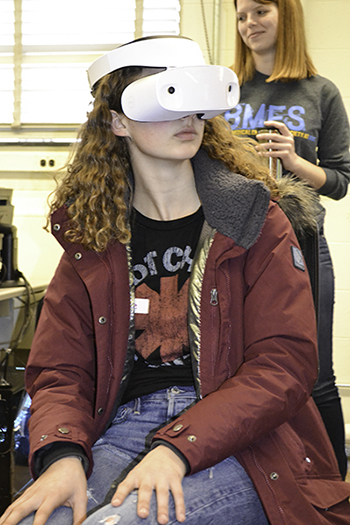 A high school student experiences the human brain via virutal reality during BMES's session at Introduce-a-Girl-to-Engineering Day 2018.
A high school student experiences the human brain via virutal reality during BMES's session at Introduce-a-Girl-to-Engineering Day 2018. According to Wong, the day’s goal was to focus on the STEAM movement—Science, Technology, Engineering, Arts, and Math. Participants were given eight disciplines from which to choose for their three morning activities. Representing their specific disciplines, members of the different RSOs designed fun, hands-on activities for the girls to participate in. RSOs involved in IGED 2018 included:
- ASME (American Society for Mechanical Engineers)
- BMES (Biomedical Engineering Society)
- ISS (Illinois Space Society)
- Material Advantage
- SWIP (Society for Women in Physics)
- WECE (Women in Electrical and Computer Engineering)
- WEF-AWWA (Water Environmental Federation- American Water Works Association)
- WIN (Women in Nuclear)
Activities the RSOs designed ranged from ISS’s balloon races; to 3D printing courtesy of the ASME; to the Women in Nuclear's activity using instruments to make measurements; to exploring the material, chocolate, with Material Advantage; to WECE’s LED circuit building; to designing then building a water filter with WEF-AWWA; to experiencing the human brain via virtual reality with BMES.
For example, ISS’s activity was what they called “Balloon Rocket Races.” Elena Kamis, ISS’s Educational Outreach Director, explains how the activity worked. Participants were given a bunch of craft supplies, then had to “figure out how to get the balloon from one end of the room to the other, but without human power. So they have to set up a thing to get it all across the room just using the propulsion of the balloon, or weighting it, or having the string on an angle, and other stuff like that.” The girls accepted the challenge. Perched atop tables, they attach their balloons to strings to test their design, during which their excited chatter to teammates was peppered by the occasional loud noise of a popping balloon.
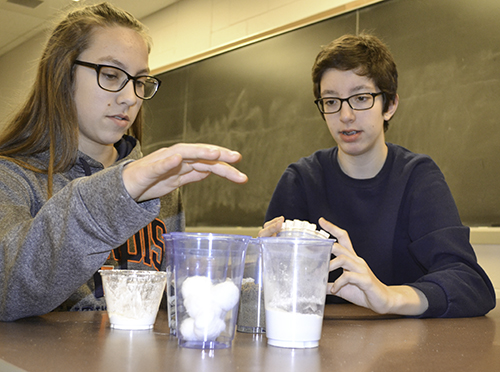 During the WEF-AWWA hands-on activity about environmental engineering, two high schoolers make a water filter.
During the WEF-AWWA hands-on activity about environmental engineering, two high schoolers make a water filter. An activity related to Environmental Engineering was led by members of the WEF-AWWA, during which participants constructed water filters from low-cost materials commonly found in third world countries. The teams’ designs were then put to the test as engineering students poured detritus-filled dirty water into the filters. The WEFAWA sought to emphasize the global outreach of engineering and how working with poor-quality materials forces ingenuity and creativity to blossom.
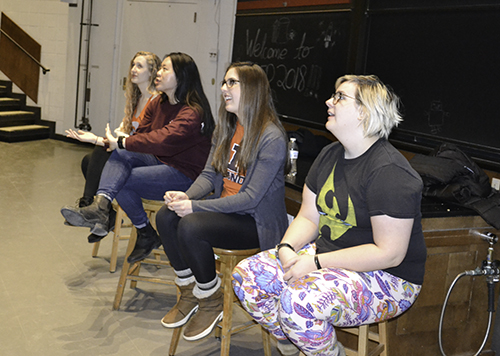
During lunch, the high school students got to interact with a panel of current engineering students.
Over pizza, the high school students interacted with a panel comprised of four current engineering students. The younger students got to pick the older students’ brains regarding what it’s like to be an engineering student at Illinois, things they should know about the admissions process, and opportunities they should take advantage of at Illinois, like the different RSOs.
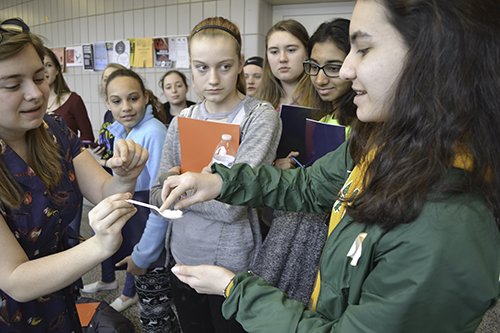
During the mini RSO Fair, a member of the Physics Van RSO (left), gives a high schooler a chance to taste a liquid-nitrogen-flash-frozen marshmallow.
In fact, some of the many campus RSOs showed up for a Mini RSO Fair in the afternoon, to share with the girls and their parents about the variety of activities that would be available for the girls were they to attend Illinois. And while many, like the Physics Van, the National Society of Black Engineers, iRobotics, and the Society of Hispanic Professional Engineers were related to engineering, many weren’t. SWE wanted to include as many RSOs as possible to show prospective students that their activities don’t have to be limited to their major, but that a well-rounded person explores all her different interests, not just those that will net a college credit or two.
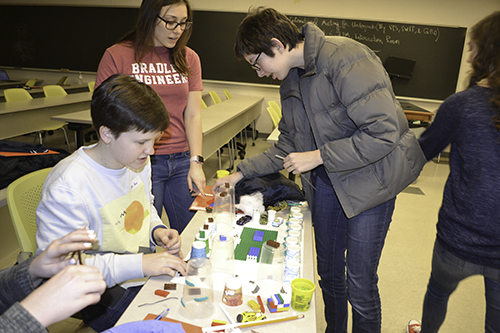
A team of high school students create their ideal cityscape during the afternoon design project segment.
In the afternoon, the high schoolers took on a design challenge. This year, since SWE wanted to include the arts into the STEM field, the design challenge featured the girls’ drawings and sketches of the ideas for their projects. They were to design the ideal city of the next decade which is comfortable to live in, functional, safe, while minimizing the environmental impact. Some things students were to consider while laying out their ideal neighborhood were how they could save water, reduce noise, integrate sustainable energy, and deal with waste. The challenge itself was also more design focused so that the girls could explore their creativity and the engineering skill of problem solving.
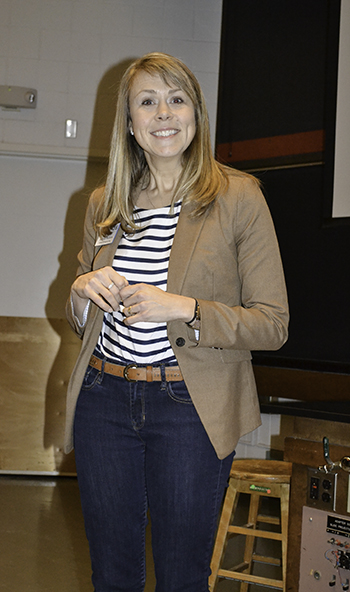 WIE Director Angie Wolters sharing with the parents during IGED.
WIE Director Angie Wolters sharing with the parents during IGED. This day was not just for daughters, however. Parents were invited to attend and had a parallel schedule to the girls. In the morning, Angie Wolters, Director of Women in Engineering, spoke to parents about the admissions process, plus different Women in Engineering programs. She also suggested summer camps that could potentially help their children narrow down what field they want to major in.
Then, after lunch, parents met with the same student panel their daughters had talked to in the morning. There, they discussed pressing concerns such as the cost of tuition and the availability of jobs in the real world for specific majors. The RSOs at the event also provided a couple of members to discuss their specific organizations and how they help incoming students.
Parents then rejoined their daughters for the Mini RSO Fair in the afternoon, had a tour of campus, then proudly watched their daughters present their design projects once they were finished.
So why did the high school students participate in IGED? One visitor, Olivia Vikolette, hoped to get insight into what she wants to do careerwise.
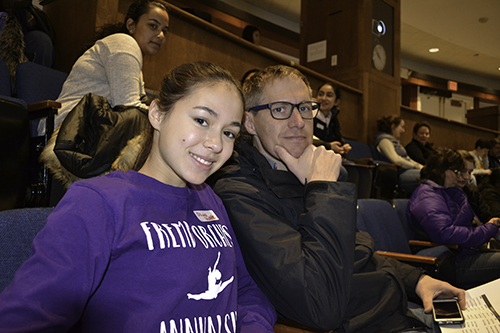
High School freshman Olivia Vikolette waits with her father for IGED to start.
“I like bio, and I like math, so I’m really interested in engineering, and I want to be a bioengineer.”
A freshman at Fremd High School, she reports that she came “to really see if I’m really interested in this type of field or other fields.” Plus, she admits, “I really just want to do hands-on activities to challenge myself.”
The student who probably won the award for having traveled the farthest was Veronica Boddy, an 11th grader from West Bloomfield High in Michigan. She and her mom had traveled down for Engineering Day the day before, and since the two events were back to back, had stayed over to do IGED as well.
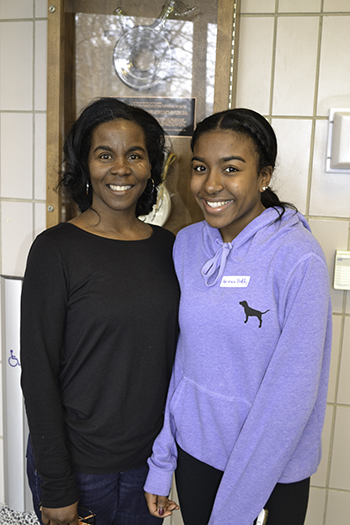 IGED participant Veronica Boddy (right) and her mom Michelle.
IGED participant Veronica Boddy (right) and her mom Michelle.“I’m really interested in math,” says Veronica. “I’ve been taking honors math classes since 9th grade, and I love physics, and I’m taking engineering classes, and I love building stuff and using AutoCAD.”
Has she chosen a discipline? “I’m not positive yet—I’m leaning more towards the mechanical side, but there’s so many options,” she admits. “That’s mostly why I came here, to see which one I really want to go into.”
Even though it was a long trip, Veronica’s mom, Michelle Boddy, saw the value of bringing her daughter to IGED: “I have two older kids who are both graduated from college,” she reports, “and I realize how important it is for her. You can’t just look on a website, can’t ask other people. You have to really come and get a sense of the atmosphere and the people and the kids and the program. So I wanted to take her to the place she was interested in and really get a feel for it.”
Several Illinois engineering students share why they got involved with IGED—some had gone to similar events as high schoolers that set them on their engineering path—others hadn’t, and therefore wanted to give girls the opportunity to do something they themselves would have found helpful when in high school.
For instance, IGED Co-Chair, Chelsea Wong, a junior majoring in civil engineering, first got involved in engineering through a program much like IGED. She recollects, “In middle school or high school, my mother signed me up for a very similar event at my local community college. I think that through those activities, I really got inspired by the college students who were holding those events and teaching us. It really inspired me to do engineering.”
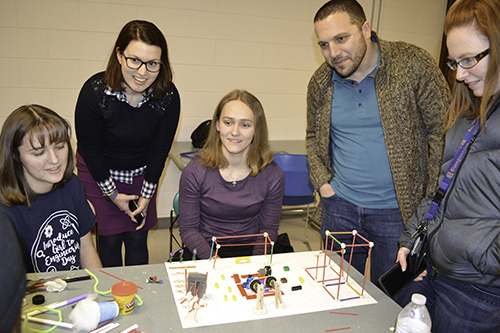 A team of judges (standing) listen as a team of students present their design project of an ideal cityscape.
A team of judges (standing) listen as a team of students present their design project of an ideal cityscape.The other IGED 2018 Chair, Saloni Nagarkar, a Mechanical Engineering freshman, had also gone to a similar event that had impacted her career goals. She reports having no interest in engineering or any STEM field in high school. She recalls:
“My mom put me into a program that was meant to teach girls about engineering. Initially, I was reluctant to go, but after being in the program for a while, I realized, ‘This something I can see myself doing in the future as a career!’ Events like these really helped me realize that I wanted to pursue engineering in college. I want to be able to host events that can empower the next generation of female engineers.”
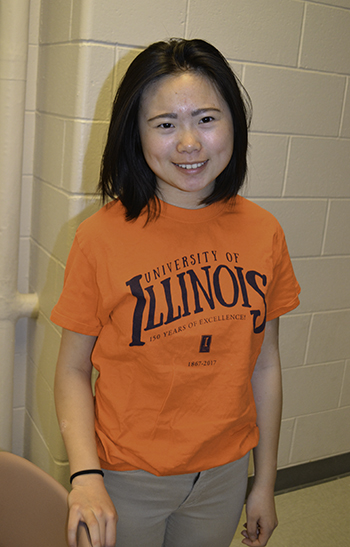 Illinois Material Science freshman Stephanie Lin.
Illinois Material Science freshman Stephanie Lin.Another Illinois engineering student, Elena Kamis, Educational Outreach Director for the Illinois Space Society and a veteran at these sorts of events, says she still enjoys working with kids of all ages to get them inspired to become engineers. She had not worked with high school-age girls in a long time, and was very excited to get to do so again.
Another Illinois student, Stephanie Lin, a Material Science freshman and member of Material Advantage, got involved with IGED in the hopes of recruiting more girls into engineering.
“It's a really good idea to get people, especially girls, more motivated and more interested in engineering at a younger age.” An out-of-state student, she couldn't attend IGED or Little Sister's Weekend, another SWE outreach event for high school girls.
“But I really wish that I could have,” she admits, “because then I feel like I would've gotten more interested in engineering earlier on.”
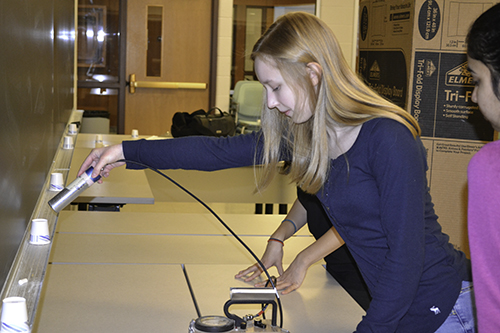 An high school participant uses an instrument to take a reading during the WIN (Women in Nuclear) organization's hands-on activity.
An high school participant uses an instrument to take a reading during the WIN (Women in Nuclear) organization's hands-on activity. Another Material Advantage member, Materials Engineering sophomore Andrea Perry, says she came to a similar event in high school, SWE’s Round Robin. She reports, “They do a similar thing where girls go around to a bunch of different stations and compete in different design activities and projects and then they get to talk to current students here. Since I was so influenced by the first event, I wanted to give back by doing this.”
Not only did Perry go to Round Robin as a junior, but she had pretty much decided on materials so she also came to GLAM GAMES camp over the summer. “Between those two things,” she says, “talking to current students about what they do and what they study and all the fun classes they got to take as a materials engineer influenced me towards that major.”
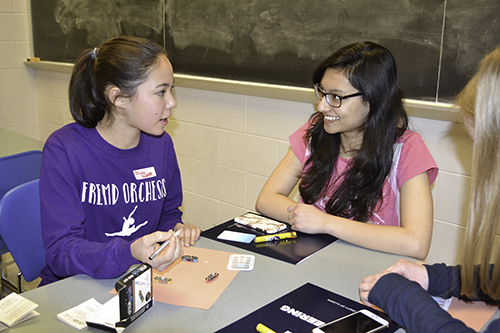 During the WECE's session, an Illinois ECE student interacts with a high school student as she makes an LED circuit.
During the WECE's session, an Illinois ECE student interacts with a high school student as she makes an LED circuit.Theresa Riles, a freshman in Industrial Engineering, Riles indicates that as a sophomore, junior, and senior, she didn’t know what industrial engineering was. “If you can introduce all these different majors and let girls pick what they want to study, that's amazing,” she adds.
She reports helping out with IGED because, “As a high school student, I wish I could've gone to events like this or known about them. Now that I know what opportunities there are, I want to help other young girls be inspired to be engineers. It really gives you a hands-on ability to see what engineering is if STEM is not very big at your school. It also opens up your mind to the different possibilities of things you could study at U of I.”
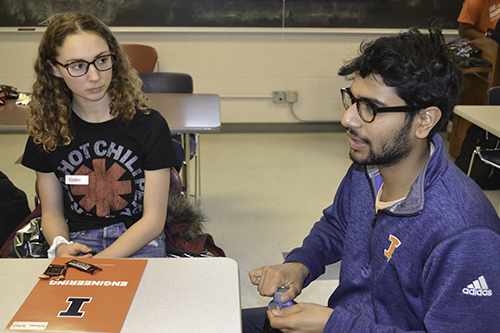 A Material Science engineering student (right) interacts with high school students during the Material Advantage session, which explored every girl's favorite, chocolate.
A Material Science engineering student (right) interacts with high school students during the Material Advantage session, which explored every girl's favorite, chocolate. So exactly what is it that an industrial engineer does? She “takes a process and makes it as efficient as possible, saving the company a lot of money. That's what my curriculum is,” Riles explains. “I'm taking courses from basically every major throughout my four years.”
Another IGED participant, Illinois student, Palovi Narianhan, is a freshman in ECE’s Computer Engineering. Because both of her parents are software engineers, they encouraged her: "You should try it; maybe you'll like it!" While she was lucky to have a lot of opportunities to expose her to software and computer engineering, she had no idea about what the other engineering disciplines did. So through IGED, she hopes to help some of today’s girls to find out.
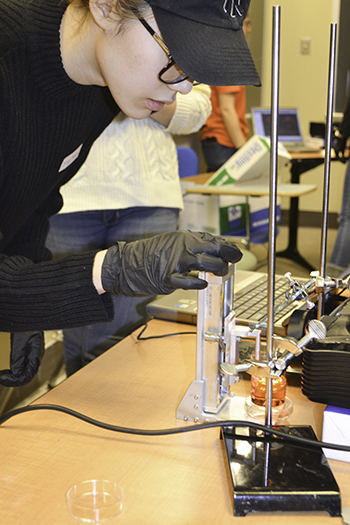 A high school participant 3D prints an object during ASME's Mechanical Engineering session.
A high school participant 3D prints an object during ASME's Mechanical Engineering session. “I think it's really important for girls to know how many options they have in engineering,” she explains. “Everyone has this idea of engineering being only coding or building things. They don't see how wide a variety there really is.”
Plus, she hopes to help girls discover that they can, indeed, do engineering.
“So people come in with a preconceived notion that they can't do engineering; they're not good enough. When I tell people I'm a computer engineer, they're like, ‘Oh, wow, I could never do that.’ Then I say, ‘Yes you can! Anyone can!’ I just think it's really important for girls to know that they can, especially in such a male-dominated field. Girls can feel like we're not good enough or that we don't compare just because of the way we've been treated as girls regarding engineering. I want girls to know that they are good enough and that they should do engineering and show other people that we are the same or even better than our male counterparts.”
Story by Nick O'Connell, I-STEM undergraduate student, with Elizabeth Innes, Communications Specialist, I-STEM Education Initiative. Photos by Elizabeth Innes.
More: 8-12 Outreach, Engineering, SWE, Women in STEM, 2018
For additional I-STEM web articles about the Society of Women in Engineering, see:
- SWE’s Introduce-a-Girl-to-Engineering Day Encourages High School Girls to Embrace Stranger Things—Such as a Career in Engineering
- At Introduce-a-Girl-to-Engineering Day, High School Girls Learn About Engineering—and That They Can Do It
- Moana-Themed Mommy, Me, and SWE Makes a Splash With Young Girls (and Their Moms), as They Learn About Engineering
- Girls Discover that Engineering Is Sweet at Introduce-A-Girl-to-Engineering Day
- During SWE’s Round Robin, Girls of All Ages Become More Well-Rounded in Engineering's Disciplines
- Introduce-a-Girl-to-Engineering Day Tells Girls: "You Can Be an Engineer, Change the World!”
- SWE's "Save the World With Engineering" Outreach Targets Middle School Girls
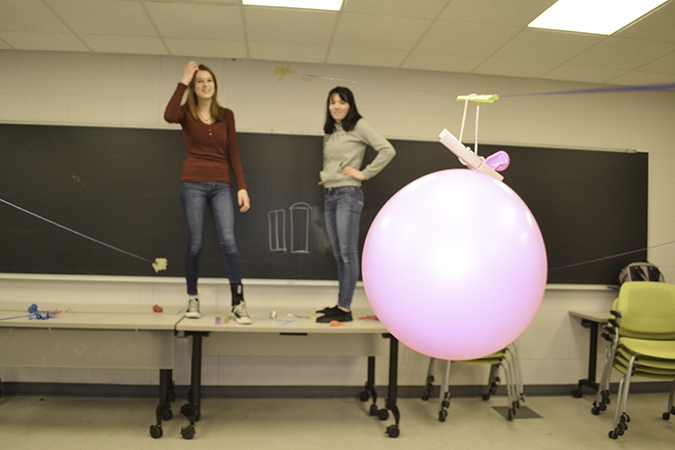 During ISS's Rocket Balloon Races, two teammates watch their balloon race across the room.
During ISS's Rocket Balloon Races, two teammates watch their balloon race across the room. 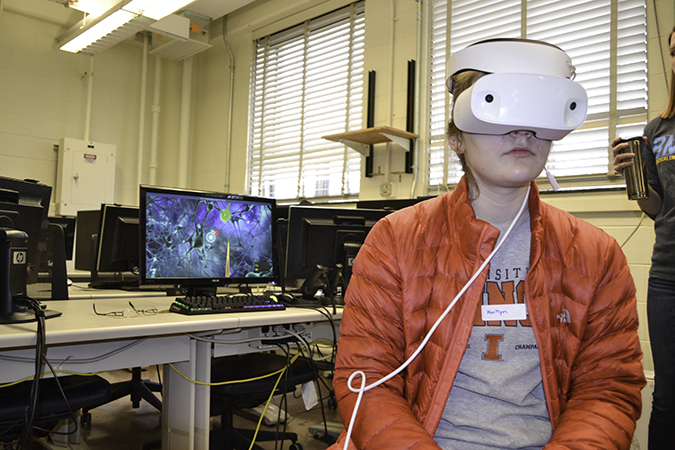 During BMES' session, a high school student views the human brain via virtual reality; the images she's seeing ar in the computer monitor in the background..
During BMES' session, a high school student views the human brain via virtual reality; the images she's seeing ar in the computer monitor in the background.. 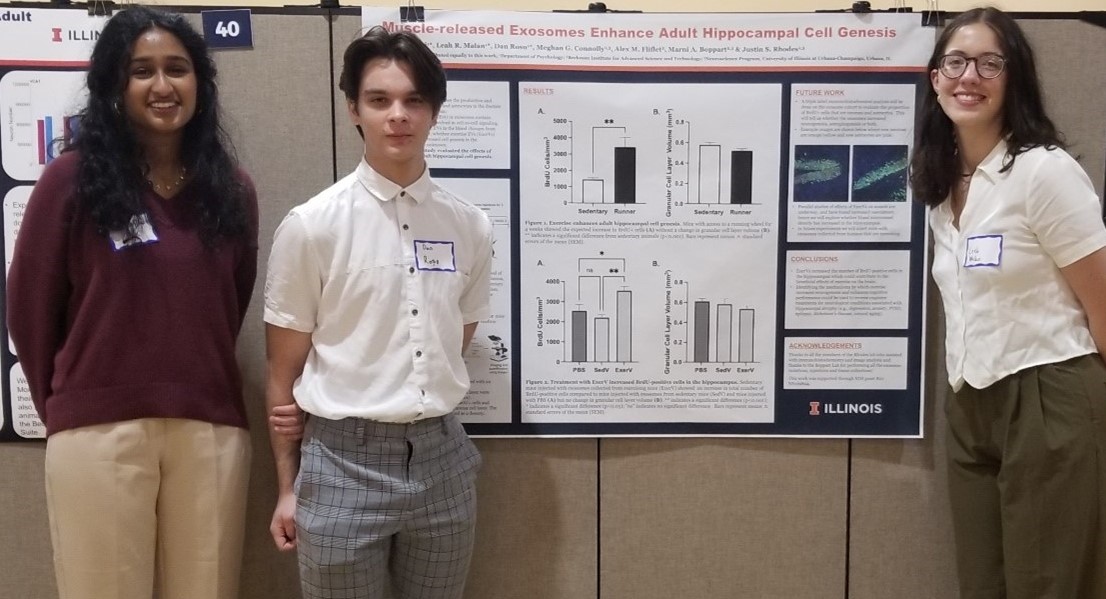
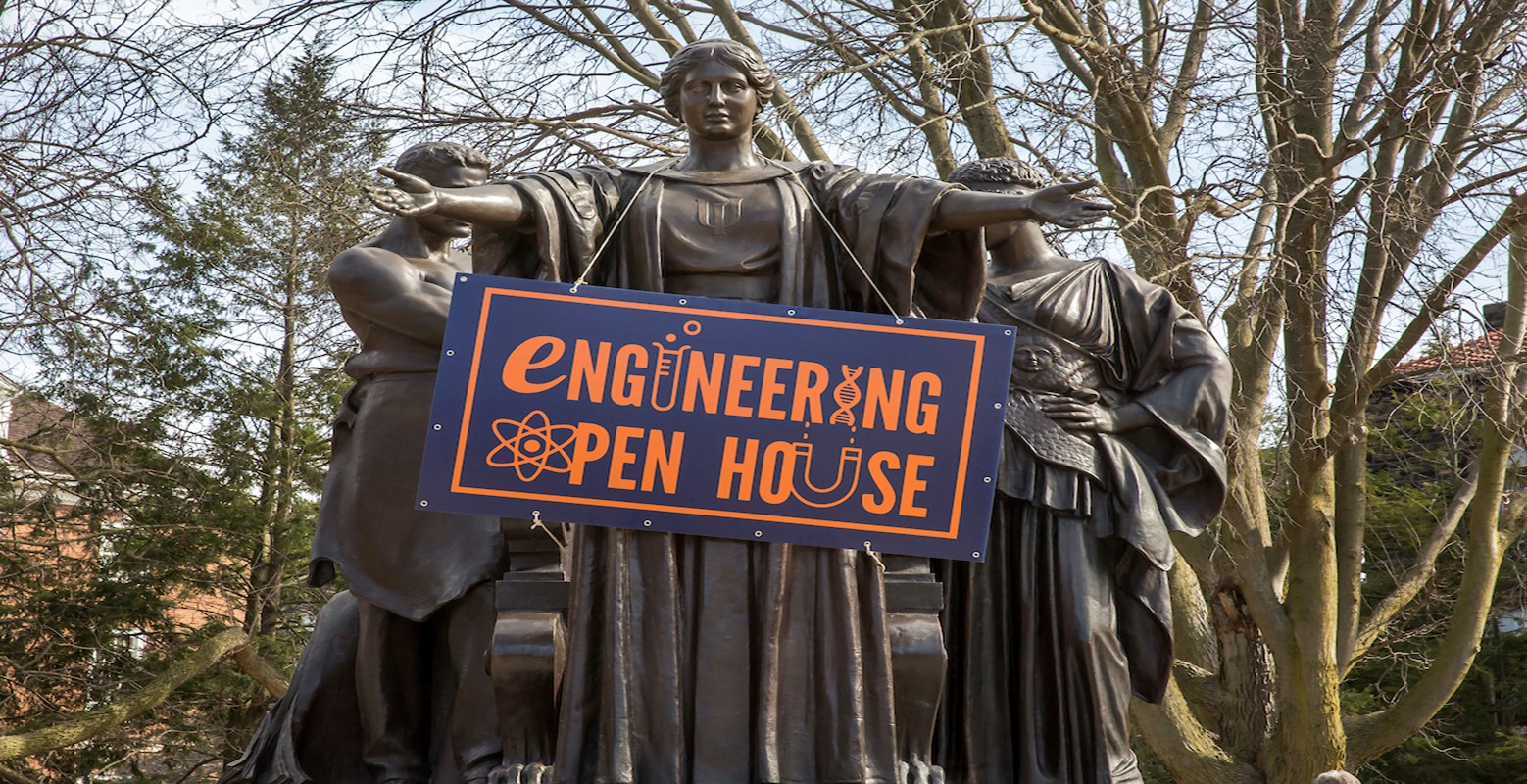
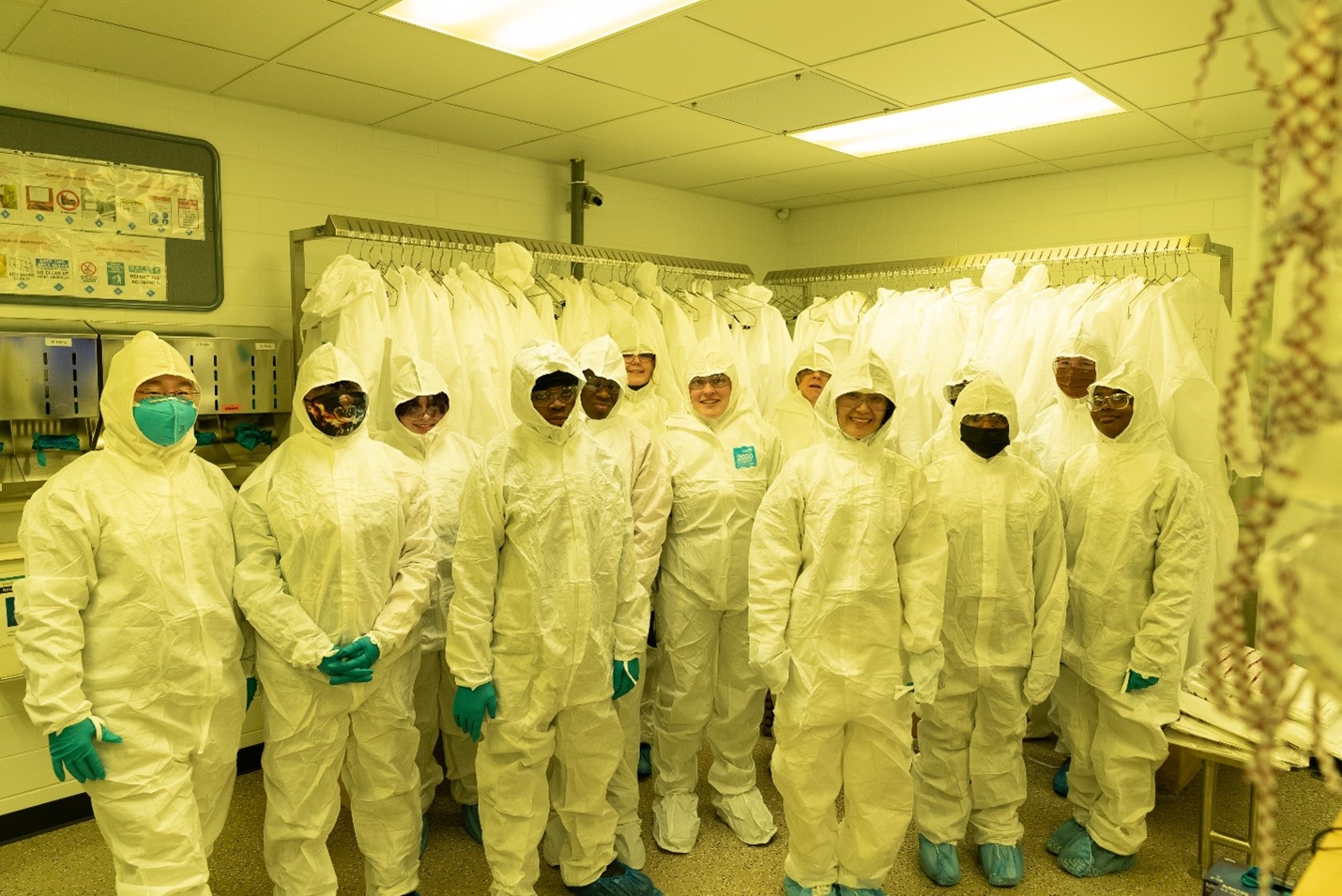
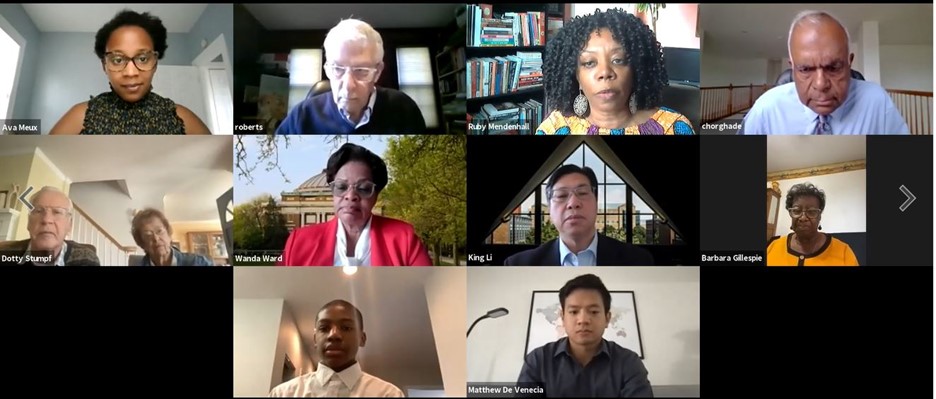
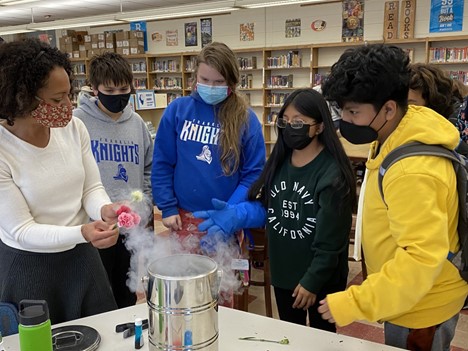
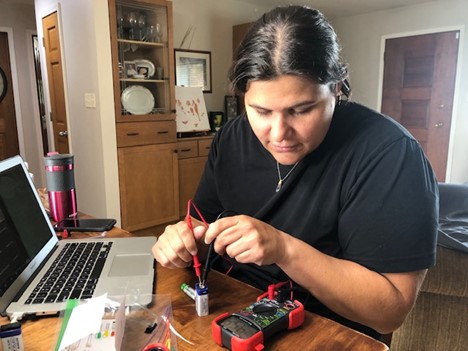
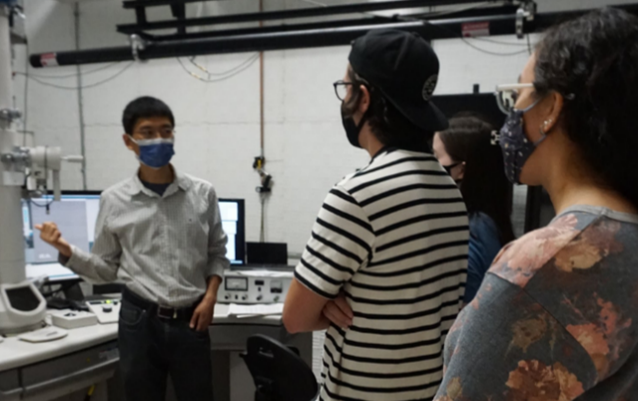
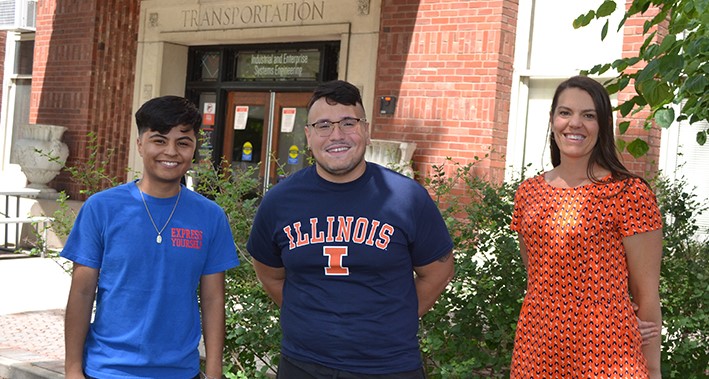


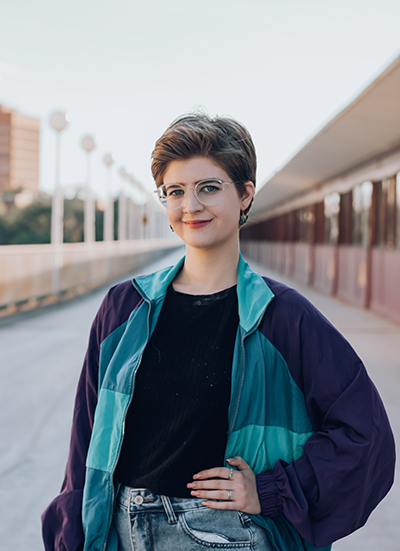
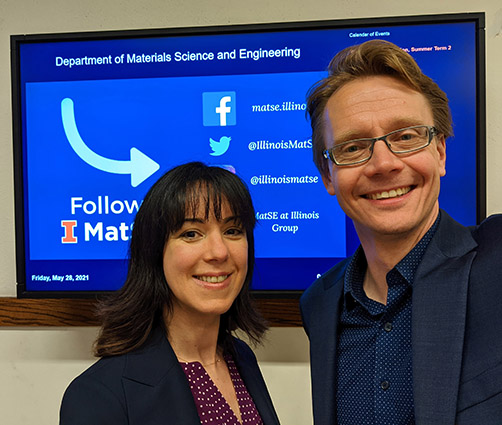
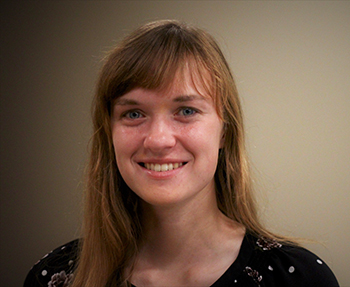
.jpg)
